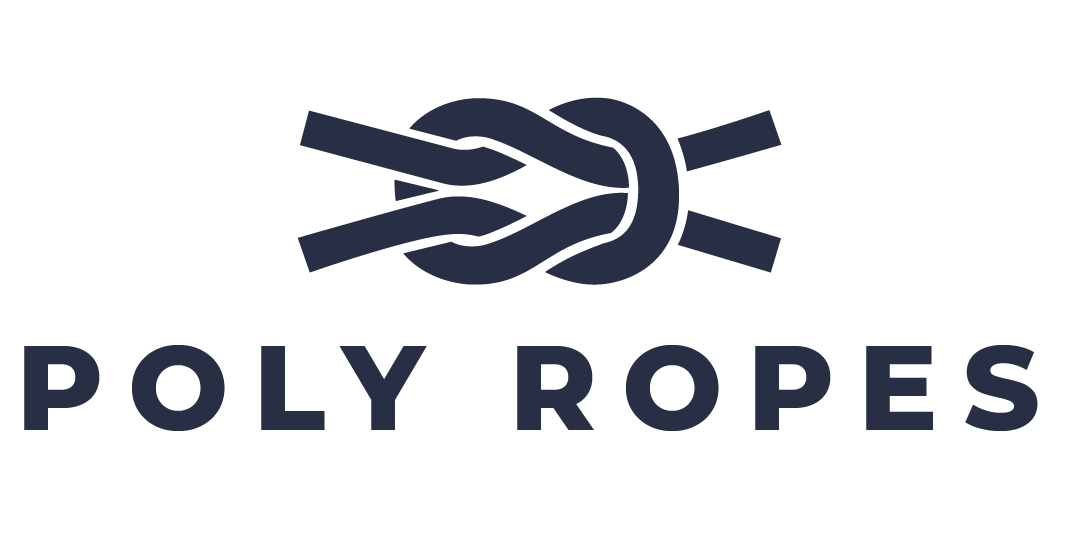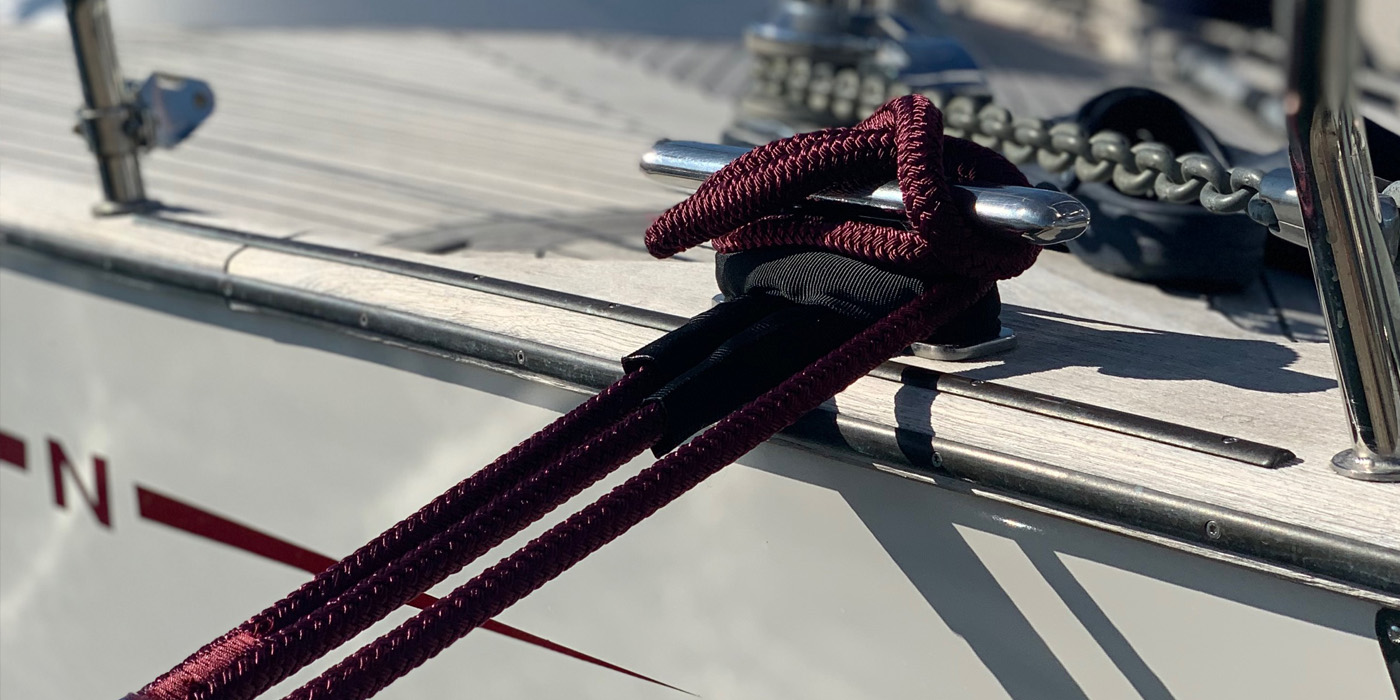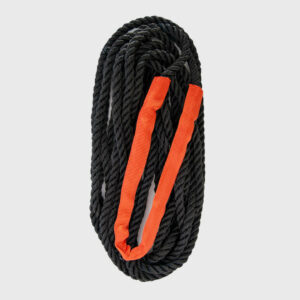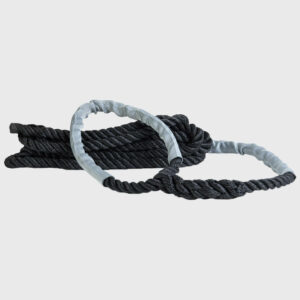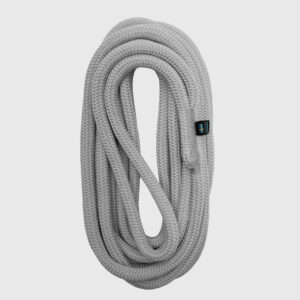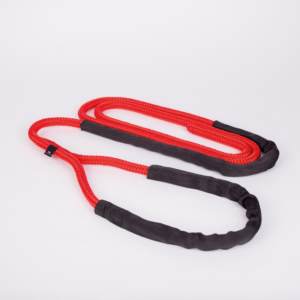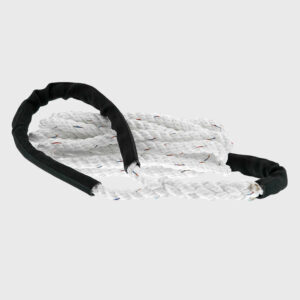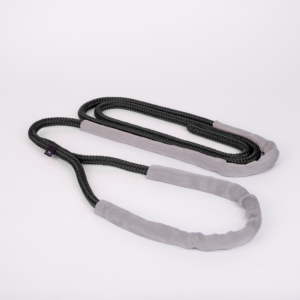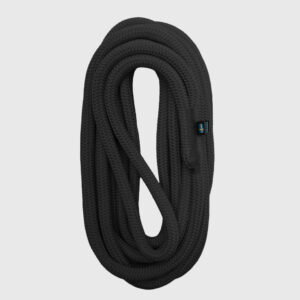Which mooring line should I use?
This is one of the most common questions we receive. Of course, there are several different parameters that come into play. In this article we look at the pros and cons of different elastic mooring lines and answer the question.
Step 1: Dimension of the mooring line
As you can read in our recent article “Choose the right thickness of your mooring line”, the dimension of the rope is determined by the weight of the boat. You don’t want to oversize the mooring line, as a rope with built-in shock absorption needs the boat’s kinetic energy to work. If the mooring line is too strong, the energy is insufficient and the suspension will not work. It will then be able to feel unpleasant jerks in the boat. The right dimension for the right boat weight will reduce the jerkiness and the boat will move with smooth, barely noticeable movements.
Step 2: Length of the mooring line
If you want to use your mooring ropes for fixed mooring, the most common lengths are 3m and 6m. These are lengths that in most cases are sufficient for Y-booms and other types of fixed mooring. However, there are countless ways to moor and most have their own solutions. If you are a new boat owner, we recommend that you start with 3 metres and 6 metres.
If you are mooring in a natural harbour, you will need much longer mooring lines of 15 and 20 metres.
Step 3. Braided or 3-stranded mooring line
There are two types of mooring lines for recreational craft. Braided or 3-stranded rope. But sometimes it can be difficult to know when you need what.
A braided mooring line consists of a core and a braided cover over it. This mooring line is soft and flexible, making it easy to handle. The disadvantage is that the rope can be difficult to splice, and therefore you cannot shorten the rope to any length in the same way as a 3-strand rope. A braided mooring line also requires more maintenance, as there is a higher risk of needles, leaves or other debris getting caught in the braided cover of the rope.
A 3-strand mooring line is easy to splice and is mainly used as a fixed mooring. With a classic cobbler’s splice, you can easily shorten the rope to the length you want and it will last as well as a “real” splice. If you are a boat owner who likes to moor in natural harbours, we recommend a 3-ply mooring line, because unlike a braided rope, it holds less needles, leaves and dirt.
If you are going to navigate the canals this summer, we recommend using a 3-strand mooring line with a length of 20 metres. This rope will more than cover the stone walls. As we mentioned earlier, less dirt will stick to the rope and it will also last longer than if you were to use a braided rope. This is because the 3-strand rope will not be worn as easily by the metal nets that usually adorn stone walls. Here you can read more about the Göta mooring line, which is specially designed for this type of use.
Which mooring line should I use?
- Fixed mooring, natural harbour and easy to splice: 3 strand mooring line for example. our mooring line Storm
- Easy to handle, comfortable to hold with a nice exterior that you can easily match with other ropes: mooring line with braided cover e.g.. our mooring line Storm X
